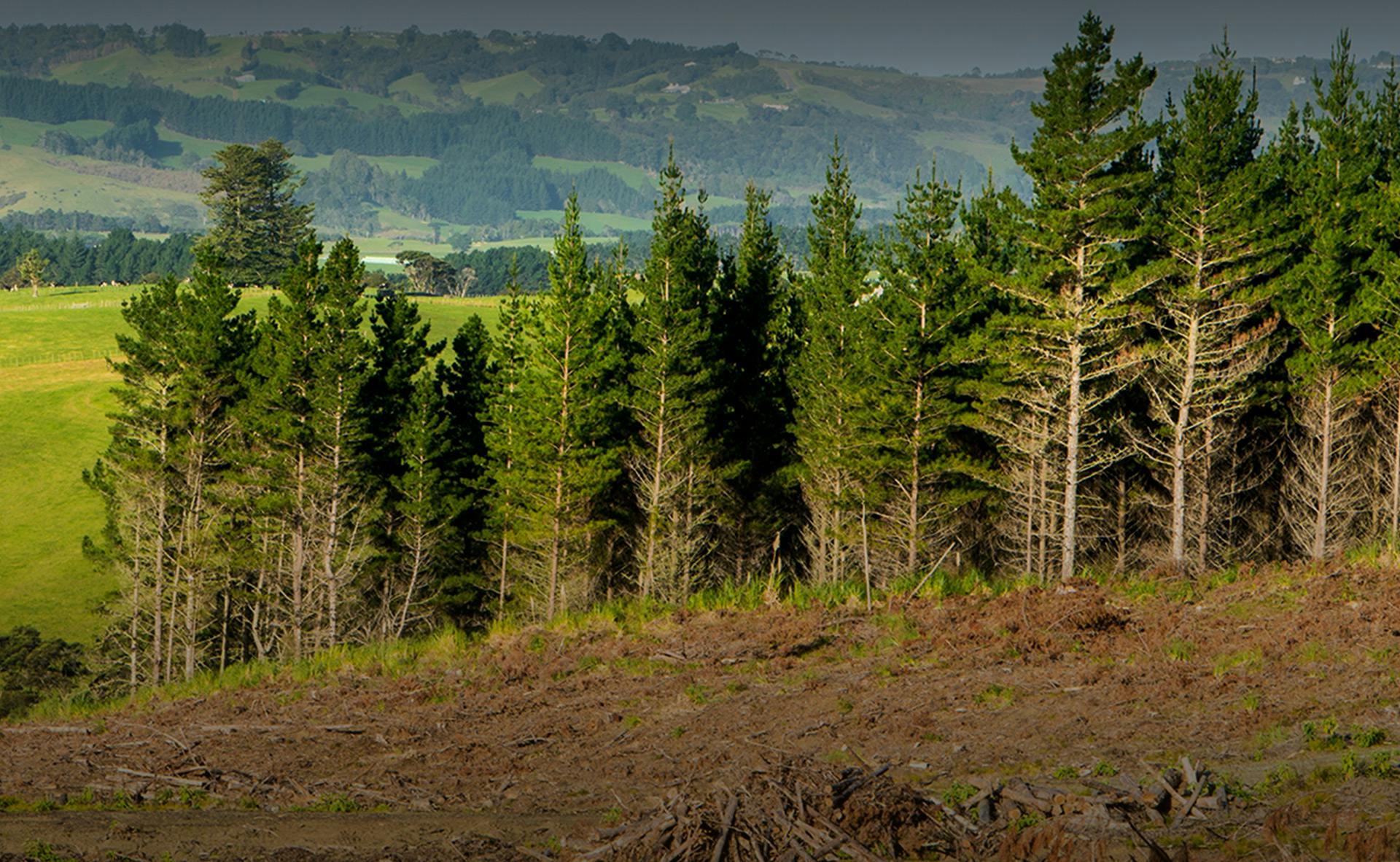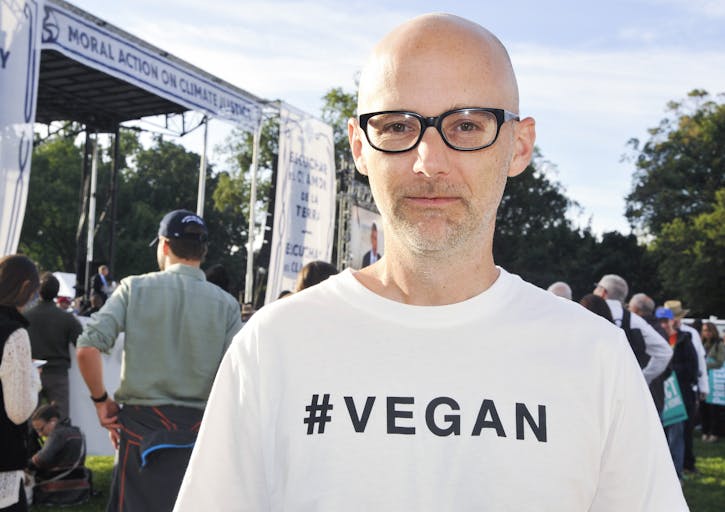The future of environmental protection in the United States is not looking so rosy lately. After announcing his intention to pull the country from the Paris Agreement in 2020, President Donald Trump has been actively repealing environmental regulations set up during the Obama era, including easing a 2016 rule on methane leaks on public land. At the same time, The Washington Post reported that the Environmental Protection Agency’s workforce has shrunk 8 percent during the first 18 months of this administration, with employees leaving over the looming possibility of substantial budget cuts, and the agency not seeking to cover most of the positions left vacant.
In contrast, worldwide demand for green bonds is booming. The global market for the bonds, which are used by governments and others to fund renewable power and energy-efficiency projects, grew 78 percent in 2017, and is expected to reach an overall issuance of as much as $300 billion by end of 2018, according to a forecast by the Climate Bonds Initiative, an international nonprofit that defines green bond standards. Over the past two years, France, Poland, Belgium, Indonesia, and Nigeria have issued sovereign green bonds, with several others, including Kenya, Ireland, and Iceland, following suit. Over the same two years, the European Union has been working on defining a taxonomy for sustainable finance and an EU green bond standard, both expected for 2019. In addition, municipalities, public entities, and banks on a global scale are also issuing their own green bonds to finance sustainable projects.
And yet this constitutes only a fraction of the green investment market. As the young sector gains traction, it could soon become a more mainstream investment. According to a 2018 Yale study, 70 percent of Americans “think global warming is happening, an increase of seven percentage points since March 2015.” This shift, spurred by extreme weather events, is likely to further influence market sentiment. At the same time, new technologies in renewable energy, carbon sequestration, and land restoration have entered the market, lowering costs and fostering innovation and economic development. Investing in the green economy could well become a new frontier of “dollar voting”—signaling policy preferences by economic activity—all while offering attractive returns through myriad business models.
Among the many opportunities for green investments, one that has recently garnered attention is land restoration. By improving land that’s been depleted of its resources by overgrazing, deforestation, monocultures, tillage, or excess use of chemicals, such methods help reinstate the natural local ecosystem. As far as money goes, degraded land is a missed opportunity—neglect that’s annually costing $6.3 trillion on a global scale. It also constitutes an abandoned resource, which given an appropriate time horizon, promises to be a relatively safe investment. In 2017, the president and CEO of the World Resources Institute (WRI) said that “$1 spent to restore forests can deliver up to $30 in economic benefits.“ A 2015 study, “Estimating the Size and Impact of the Ecological Restoration Economy,” calculated that the restoration economy generates roughly $9.5 billion in sales annually, and employs 126,000 people. It also creates new jobs and opportunities for the future, as it recovers land as a resource, increases food security, and offers carbon sequestration capabilities.
“Demand for ecological restoration investment continues to grow rapidly in the U.S. as the role of green infrastructure in addressing multiple challenges becomes clear,” says Adam Davis, co-author of the aforementioned 2015 landmark study and managing partner at Ecosystem Investment Partners, a private equity fund manager focused exclusively on ecological restoration projects. “As restoration industry capacity has grown, the range of customers we can serve and problems we can help solve has also grown. It turns out that ecological restoration isn’t just the answer for compliance with environmental laws, but also the way to actually create green infrastructure that is increasingly critical for coastal resilience and adaptation to climate change. The restoration industry will grow rapidly in the U.S. and around the world, because it’s an essential part of how people can protect our communities and maintain the life support systems we depend on,” he adds.
Though the restoration economy has existed for a few years now, new agricultural technologies have recently entered the market, especially in relation to reforestation, giving it new impetus. A 2018 report by the WRI highlighted companies such as BioCarbon Engineering, a United Kingdom reforestation company using drones to plant trees 150 times faster and 4–10 times cheaper than traditional hand-based methods. Or consider TerViva, an Oakland-based agtech company planting pongamia trees on degraded sugarcane plantations in Hawaii and abandoned citrus groves in Florida. Pongamia trees thrive on very little water, need neither pesticides nor fertilizers, and they naturally help fix nitrogen in the soil, effectively fertilizing it. The trees also produce seeds containing up to 40 percent oil and 36 percent protein; they can be used for biodiesel production, as a natural pesticide, and to produce a protein-rich livestock fodder.
The variety of approaches offered by innovations in agricultural technology is particularly relevant. “In order to truly restore land—i.e., improve its ecological function—there is no one-size-fits-all approach that can be applied uniformly across the globe. New technologies allow for a wider suite of options to carry out cost-effective, efficient restoration that is tailored to local needs,” says Andrew Wu, research assistant at the WRI.
Due to their nature, some investments in the restoration economy require longer time horizons; from an economic standpoint, these are not necessarily a drawback, as they provide stability. This need not be the norm, though. “There are a multitude of models emerging that combine short-term and long-term cash flows. For example, agroforestry involves trees being planted between rows of crops,” says Wu. “Not only can this improve the payback period of the investment compared to a model involving only trees, the trees can also improve soil fertility and crop yields.”
“Large-scale reforestation is one of the critical things we have to do to mitigate climate change” says Sean Kidney, CEO of the Climate Bonds Initiative and part of the group working on the EU green bond standard. “Large-scale plantation forestry has the prospect of being both a profitable business and, if rapid-sequestration varieties of trees are used, a big contributor to carbon dioxide drawdown. We think investor demand will be strong for green bond investments in such assets, both because of the long-term nature of the investments and because of their environmental importance.”











